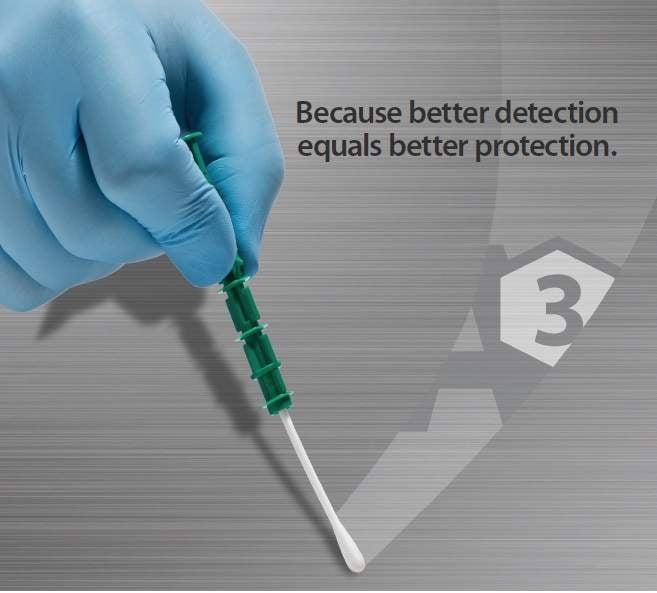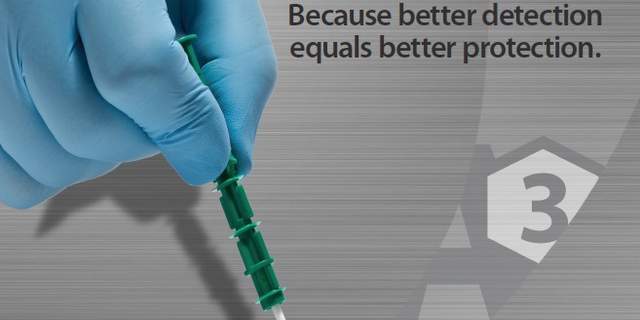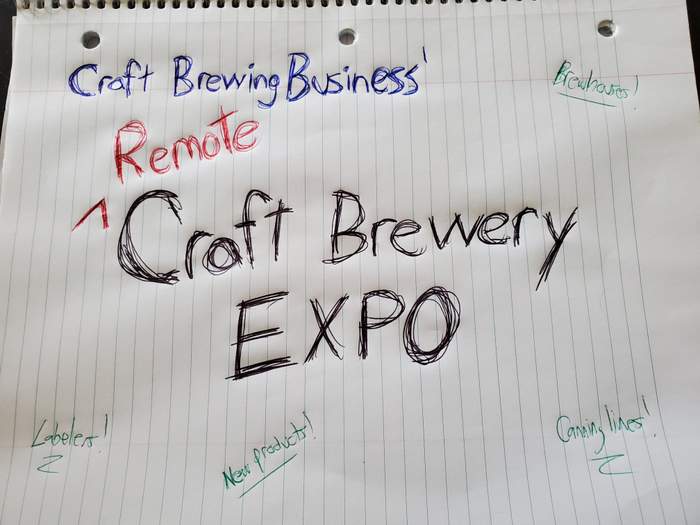
ATP technology is a fast and accurate method to check the cleanliness of any surface in your brewery. Adenosine triphosphate (ATP) is an energy molecule found in all living things (get all sciencey right here), which is why it’s an ideal marker and warning sign that a surface is contaminated or not completely clean from a living organism. Cleanliness is clearly top of mind these days with the pandemic, but it’s always been an essential factor in the professional brewing process.
“Ensuring that your brewery stays clean is more important than ever and checking your brewing surfaces for contamination is the best way to keep production up and running,” explained Tom Boudreau, market specialist and technical brewing specialist at Weber Scientific. “ATP technology is a fast and accurate method to check the cleanliness of any surface in your brewery. In our upcoming webinar, the Weber Scientific team will outline the benefits of testing for ATP as part of your brewery sanitation program and how the new A3 technology from Kikkoman goes beyond ATP testing alone.”
Boudreau will cohost “More Than Just ATP: Monitoring Brewery Cleanliness with the Kikkoman A3 System” October 20 at 1 p.m. EST (sign up right here). He will share insights with Bob Ferguson, president of Strategic Consulting and a microbiologist with more than 30 years of experience in industrial and environmental diagnostics. Ferguson has implemented ATP monitoring programs in tons of food safety and drinking water applications.
How does this all work?
ATP testing is performed by swabbing the surface of an item and inserting it into an ATP meter. Like 15 seconds later, you will have your answer. Easy. ATP testing is pretty straightforward and requires a moderate upfront cost for the detection meter (between $1,400-$2,000) and then a continuing cost for the swabs (a couple bucks per). Some meters can be charged while others run off AA batteries. From a previous CBB article:
ATP is measured in relative light units (RLU), which are obtained from the number of photons produced from ATP reacting with Luciferin. The more ATP on the swab, the more photons were created, so the lower the RLU the better. The more ATP present on the swab, the more photons are created. If the RLUs exceed the specifications, then the item must be cleaned again and then swabbed again until the RLUs are within an acceptable range.
This upcoming webinar will highlight the A3 Sanitation System from Kikkoman (a worldwide leader in ATP technology and enzyme activity detection). The A3 system is distributed in North America by Weber Scientific (a leader in making and distributing testing and lab supplies to the food and beverage industries). The presentation will delve into proper ATP testing techniques and also how Kikkoman’s new A3 Sanitation System is the only system that detects ATP+ADP+AMP with one swab to give brewers the whole picture. Plus, it only takes three simple steps.
- Step 1: Swab — Swab the sample and insert the swab into main body
- Step 2: Measure — Shake well and insert into the Lumitester
- Step 3: Analyze — Measurements (RLU) displayed within 10 seconds
Recorded data can be displayed in a time-series by registering with the A3 system’s app. Inspection pass rates are automatically graphed and improvements can be visualized for brewers. Employees will be more conscious of hygiene and will maintain a high standard of environmental sanitation, which will help build greater trust in your brewery and products. Data will be stored in the cloud and can be accessed from anywhere in the world.
To learn more, sign up right here for “More Than Just ATP: Monitoring Brewery Cleanliness with the Kikkoman A3 System.” Hey, you can’t beat the price. It’s free.




[…] For full details and to sign up, click here. […]